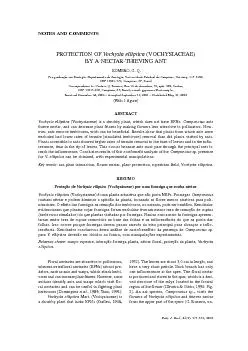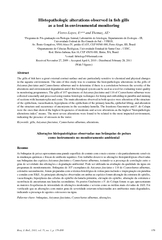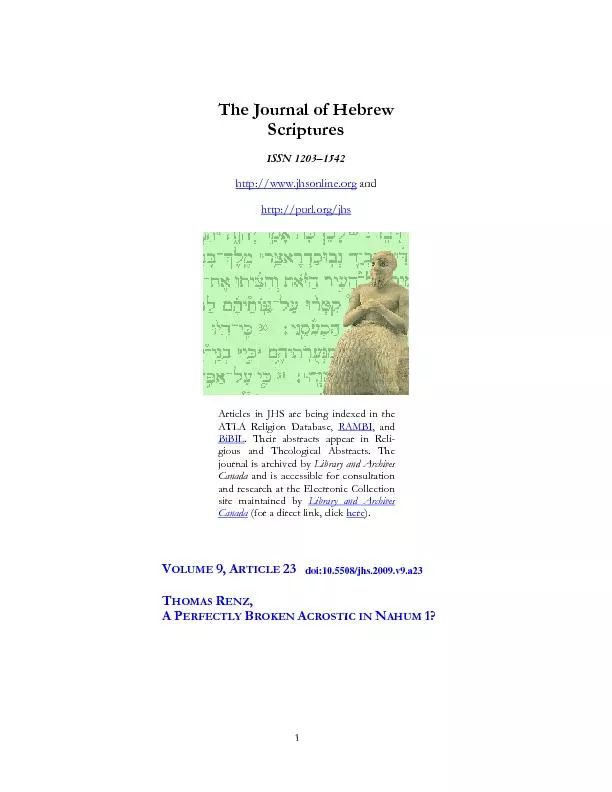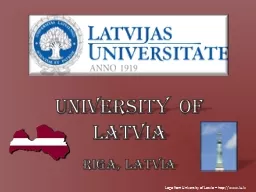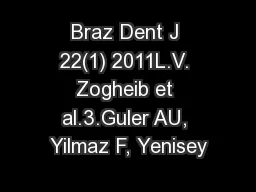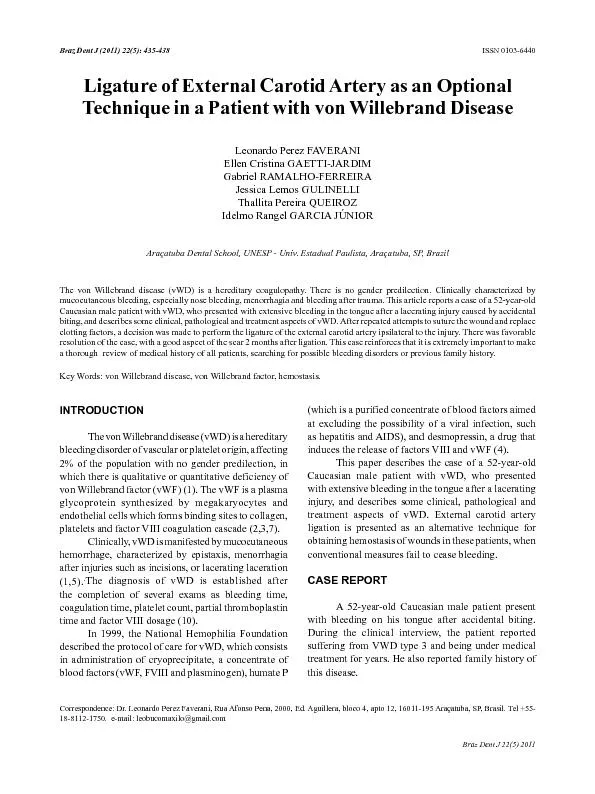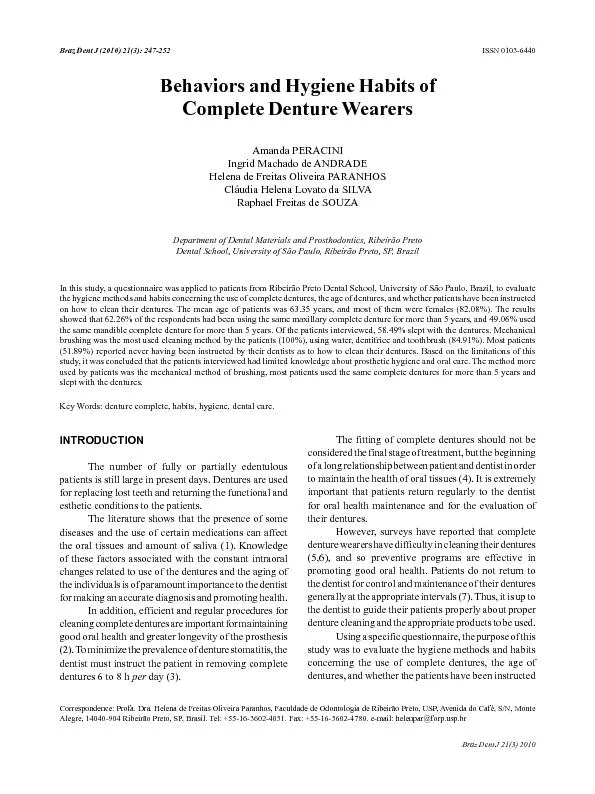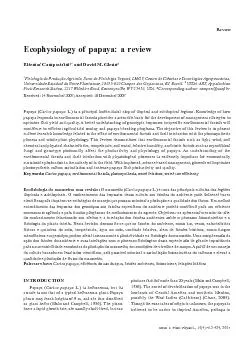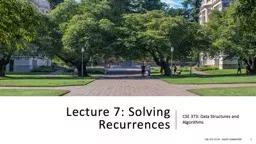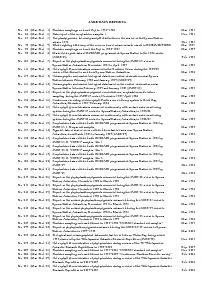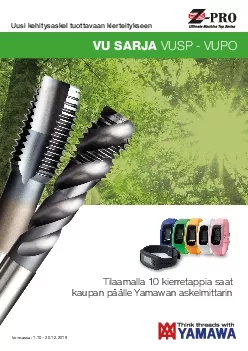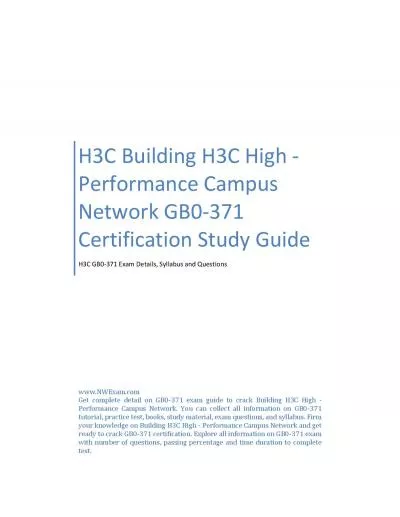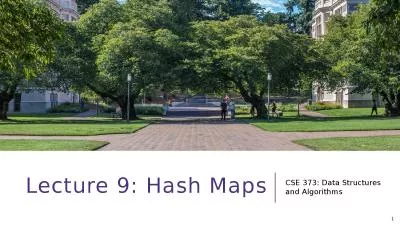PDF-Braz. J. Biol., 62(2):371-373, 2002ANTS AND PLANT PROTECTION
Author : giovanna-bartolotta | Published Date : 2015-11-15
NOTES AND COMMENTS Braz J Biol 622371373 2002372ROMERO G Qby wasps andor bees Young 1980 The antsin effect act like opportunists by making the flowersTo analyze
Presentation Embed Code
Download Presentation
Download Presentation The PPT/PDF document "Braz. J. Biol., 62(2):371-373, 2002ANTS ..." is the property of its rightful owner. Permission is granted to download and print the materials on this website for personal, non-commercial use only, and to display it on your personal computer provided you do not modify the materials and that you retain all copyright notices contained in the materials. By downloading content from our website, you accept the terms of this agreement.
Braz. J. Biol., 62(2):371-373, 2002ANTS AND PLANT PROTECTION: Transcript
Download Rules Of Document
"Braz. J. Biol., 62(2):371-373, 2002ANTS AND PLANT PROTECTION"The content belongs to its owner. You may download and print it for personal use, without modification, and keep all copyright notices. By downloading, you agree to these terms.
Related Documents

